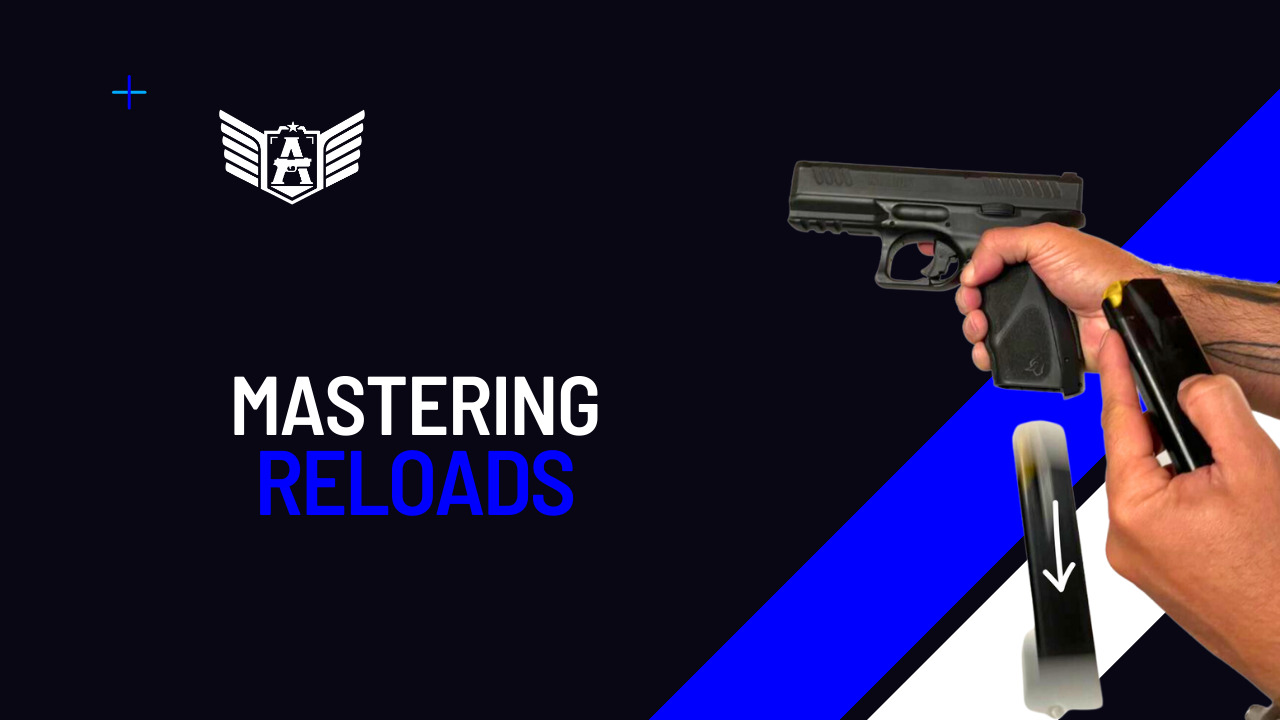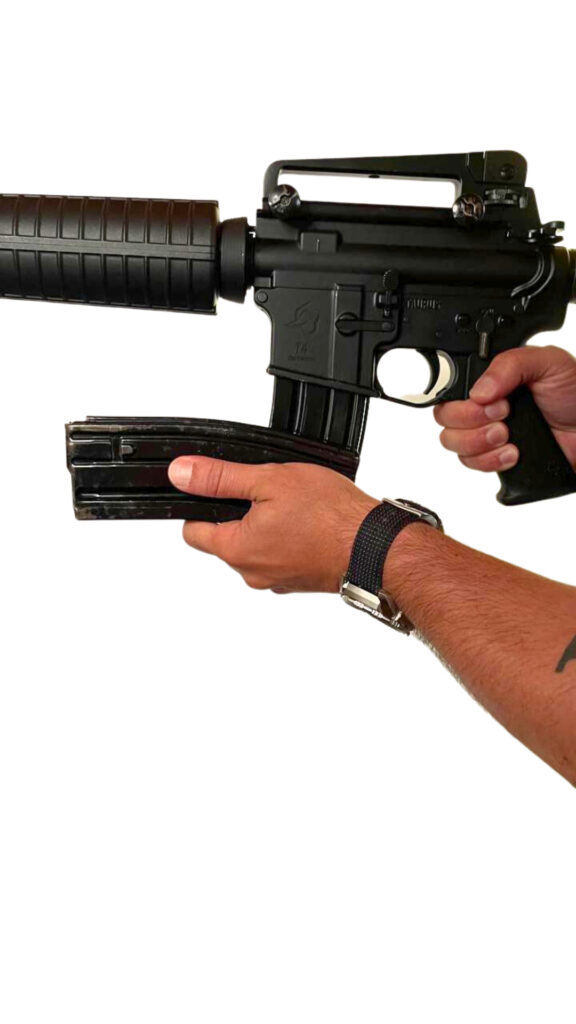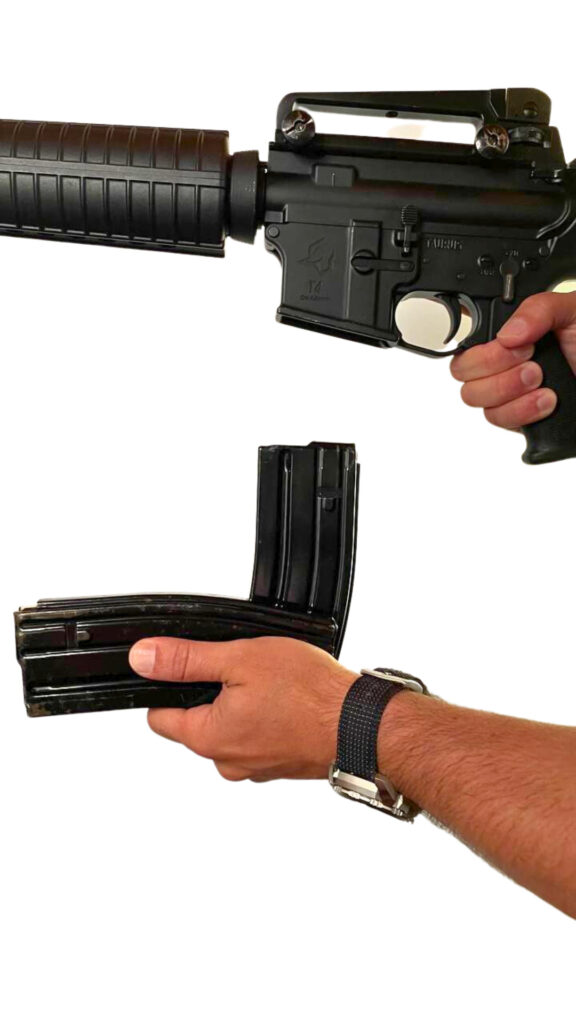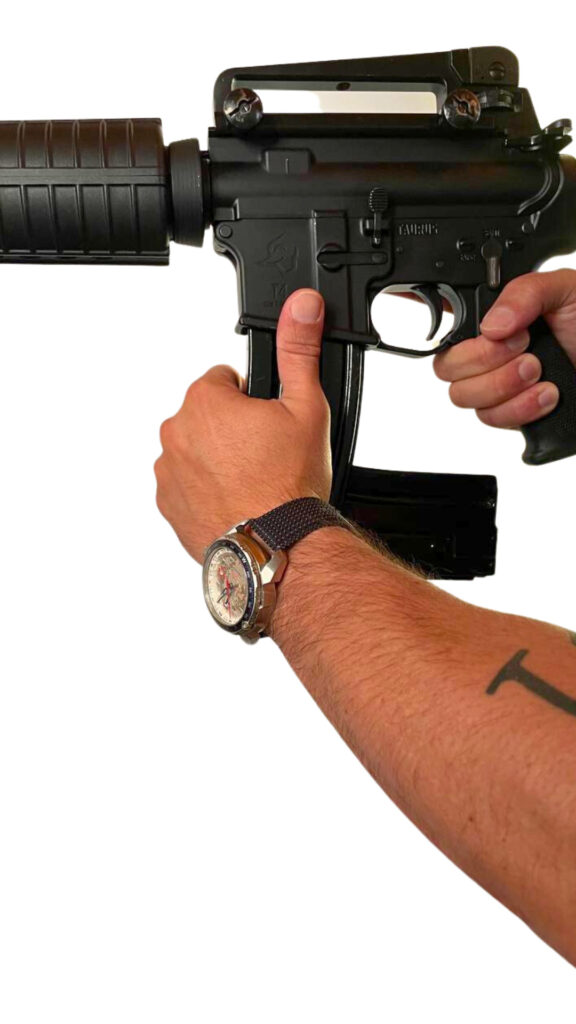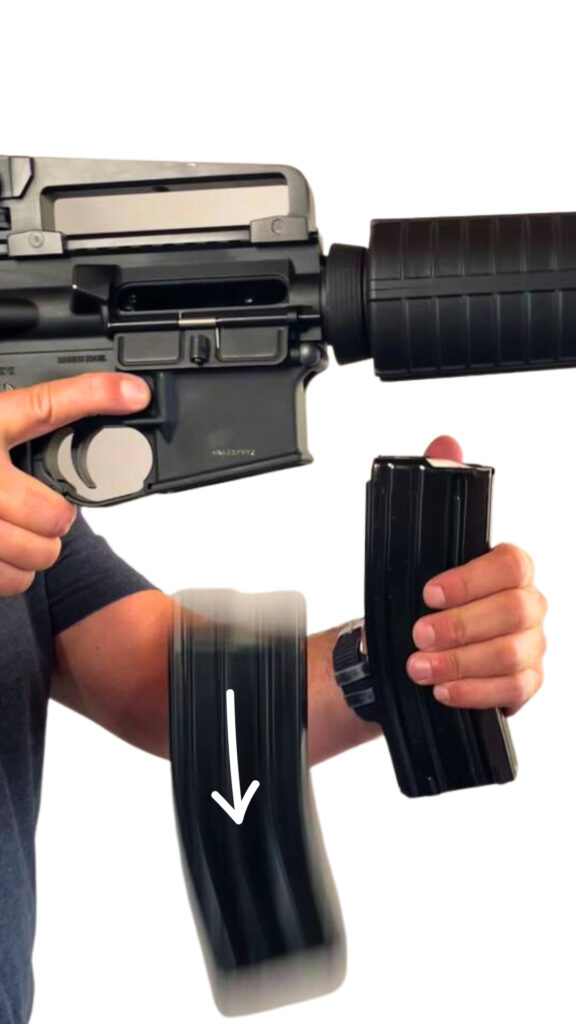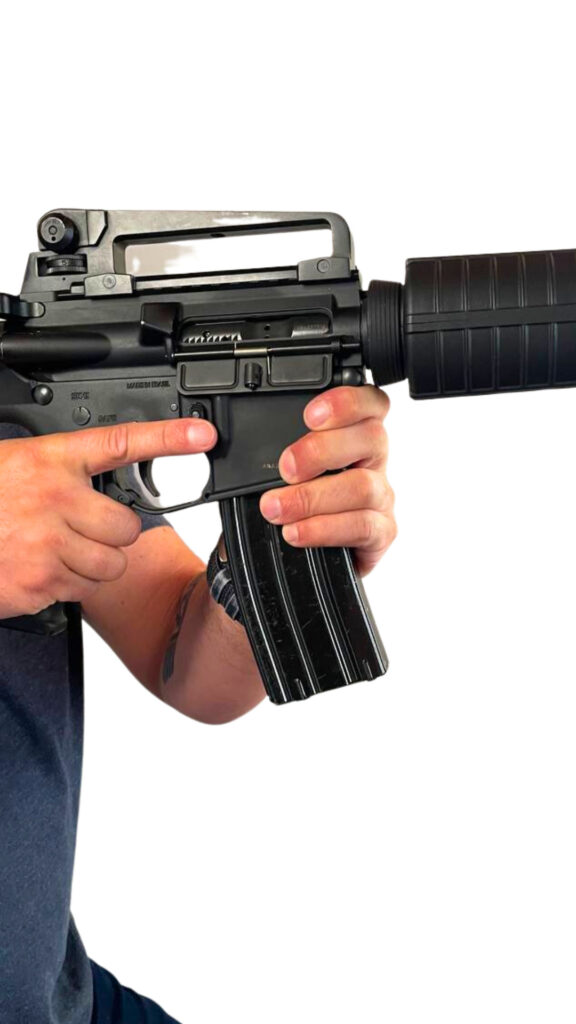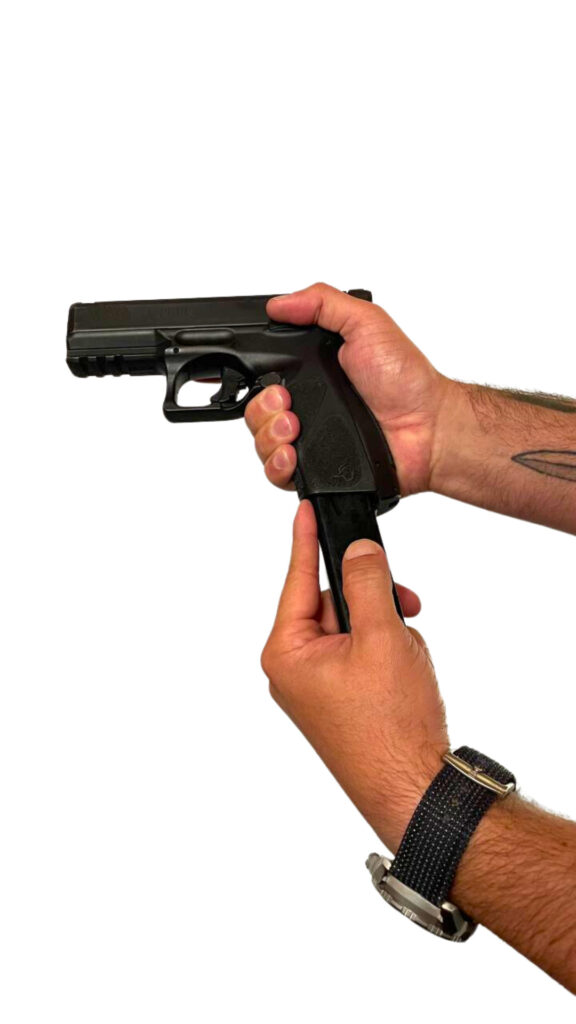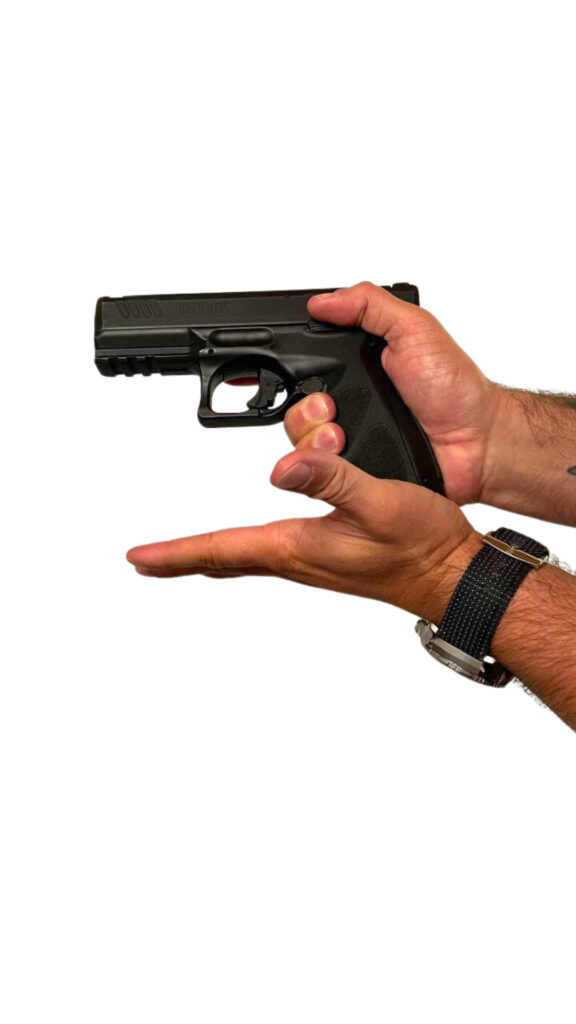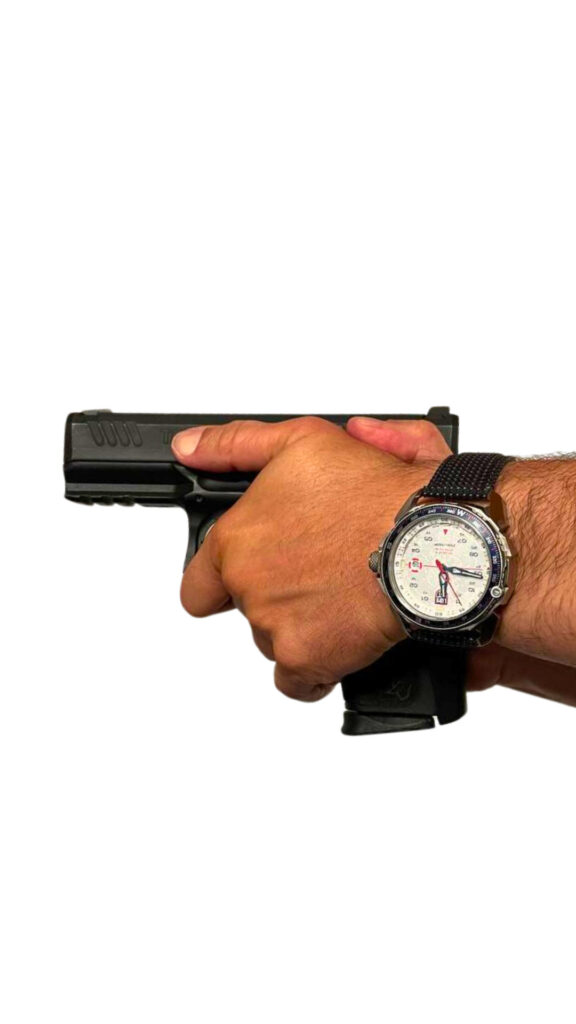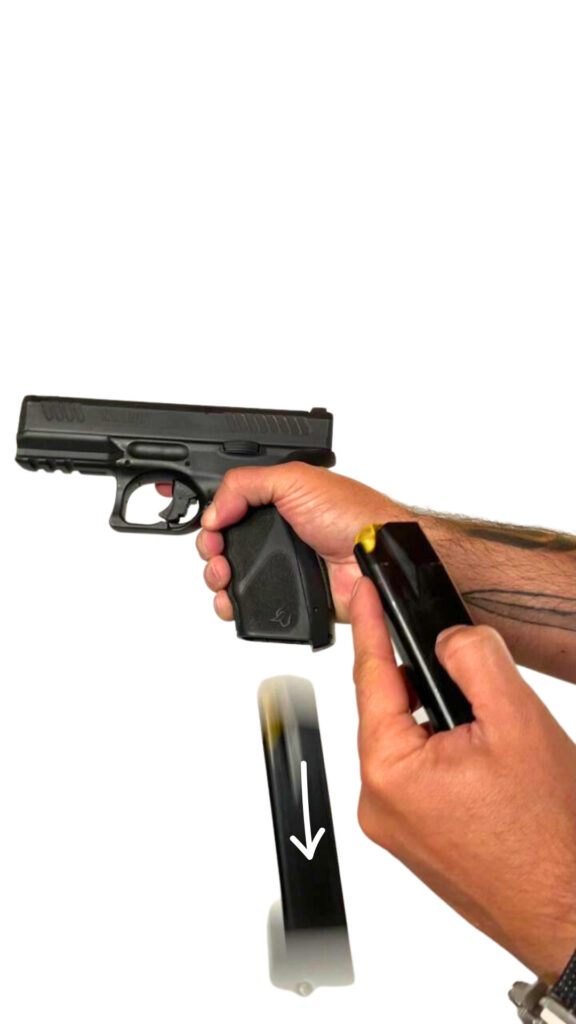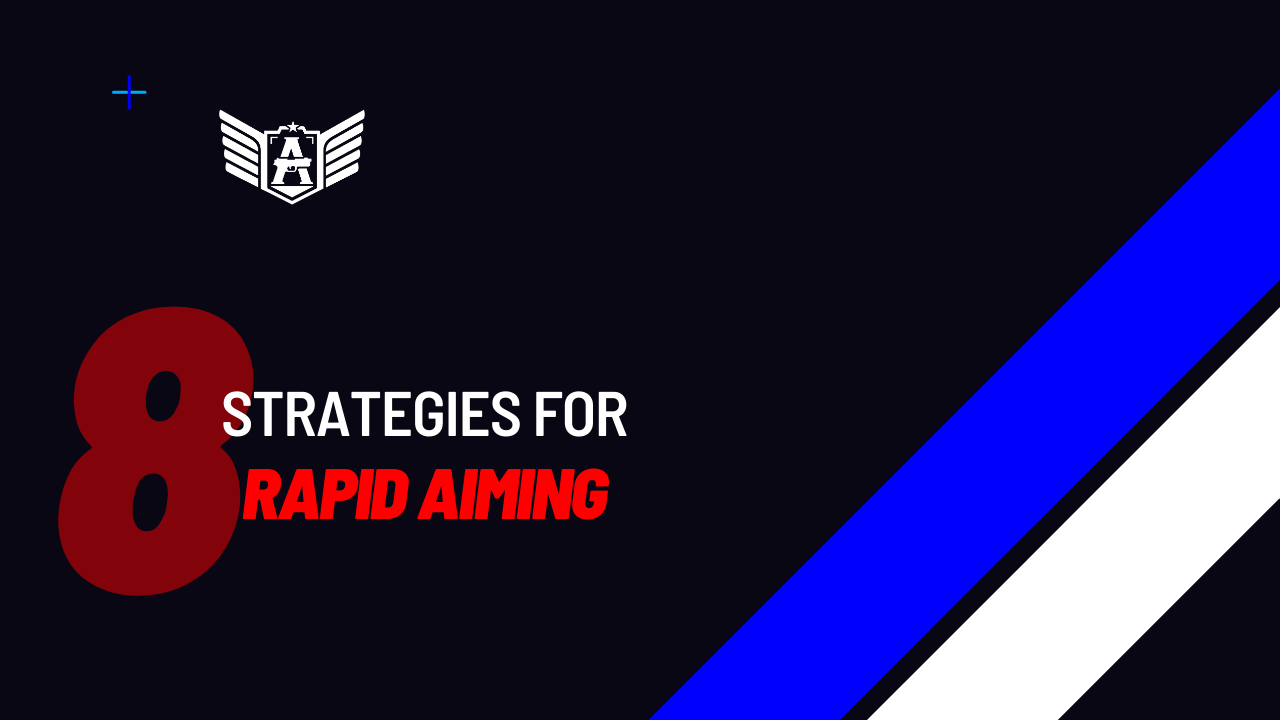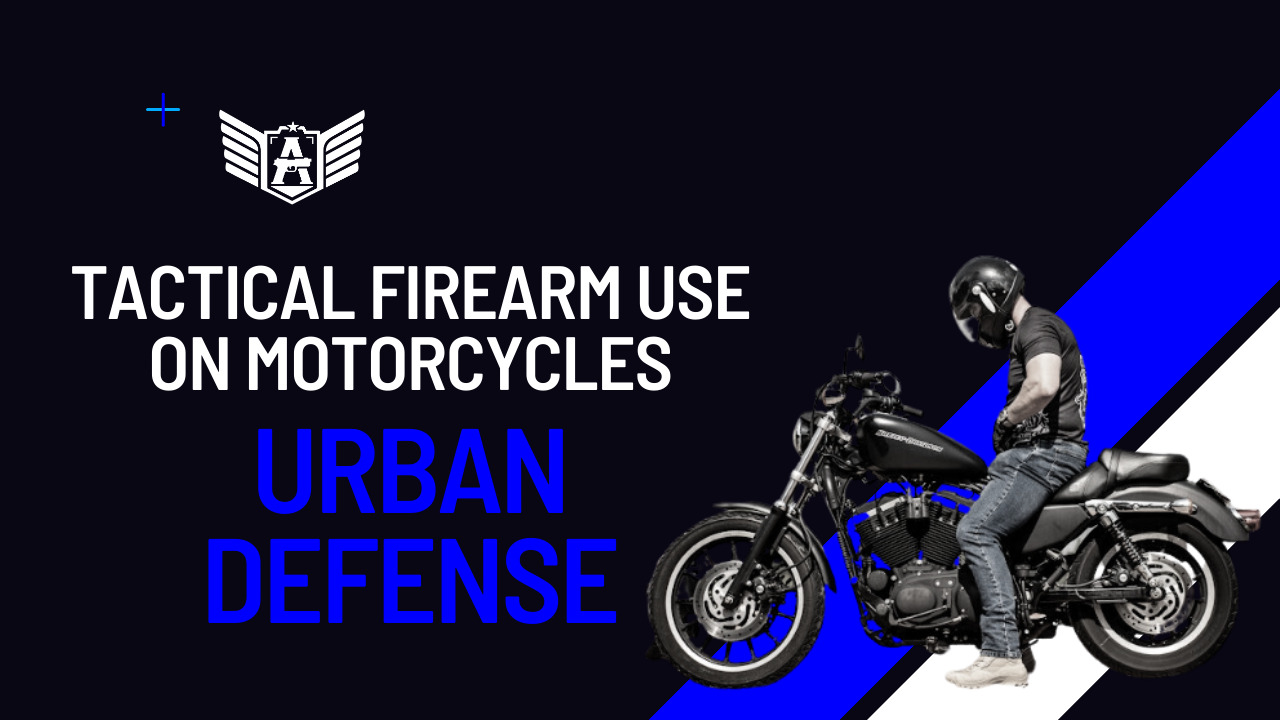Introduction

In the realm of firearm proficiency, a profound comprehension of reload techniques stands as a pivotal skill set. Whether one is an experienced marksman or a novice enthusiast, a nuanced understanding of administrative, tactical, emergency, and speed reloads can significantly augment firearm handling capabilities. This all-encompassing guide seeks to elucidate the intricacies of the art of reloading, presenting a meticulous examination of each technique and furnishing invaluable insights tailored to shooters of varying expertise.
Whether the goal is to fortify preparedness, enhance operational efficiency, or ascend to a higher echelon of firearm mastery, this guide serves as a definitive resource for navigating the complexities of reload techniques. Join us in this comprehensive exploration as we unveil the secrets to precise, controlled, and efficient firearm handling in diverse scenarios, empowering individuals to attain true expertise in the domain of reloads
This content is taught and trained mainly in the following courses:
– Pistol Cognitive Operator II
– Rifle Cognitive Operator II
(1) Administrative Reload
The administrative reload is executed in situations where handling the firearm might be deemed inappropriate or unnecessary. For individuals who are right-handed, this reload is unique in that it involves holding the magazine with the right hand. To perform an administrative reload, keep your pistol holstered or your rifle in the sling, and insert the magazine into the magazine well. Importantly, no manipulation of the firearm occurs during this process, leaving it without ammunition in the chamber after the administrative reload (C3).
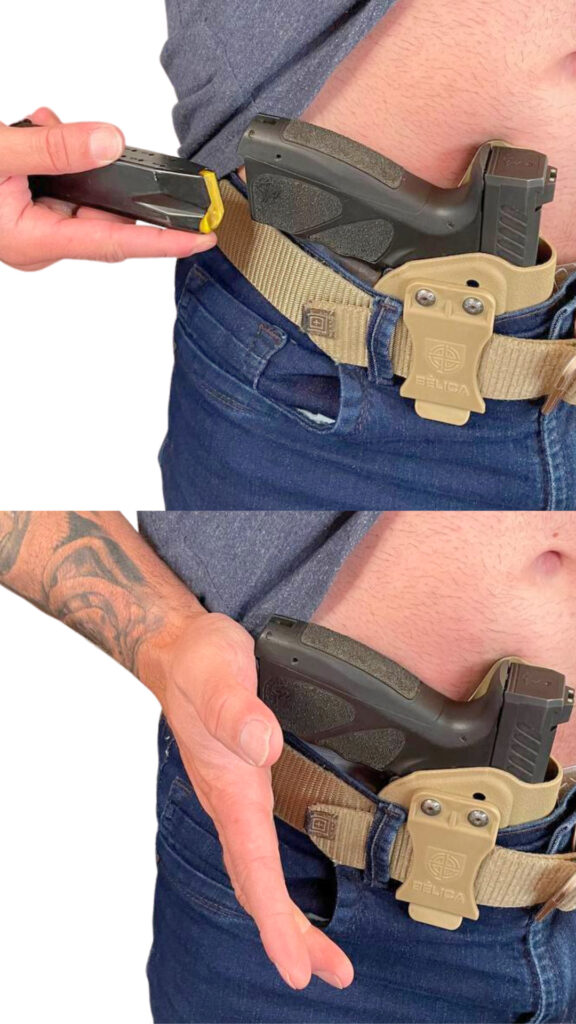
(2) Tactical Reload
The tactical reload is a deliberate and optional reloading technique. The shooter is not compelled to perform this reload; rather, it is done at the shooter’s discretion. This type of reload is employed when a shooter intends to replace a partially loaded magazine in the firearm with a fully loaded magazine, ensuring the weapon is maintained at its maximum capacity. Given its optional nature, the tactical reload is conducted in controlled environments and situations, without the urgency often associated with other reloads. To execute a tactical reload, follow the steps illustrated in the accompanying images below: retrieve the magazine, adjust your grip, insert the fully loaded magazine into the firearm, and secure the partially loaded magazine.
(3) Emergency Reload
In the unfortunate event of armed combat, the emergency reload becomes a necessity. This reload is involuntary, occurring out of need, and is undesired. It takes place when there is still an active threat, and the ammunition in the magazine inserted in your firearm is depleted. To perform an emergency reload:
- Keep your firearm horizontal and pointed at the enemy as you retrieve a full magazine.
- Press the magazine release button appropriately.
- Insert the full magazine vigorously.
- Close or cycle the firearm.
(4) Speed Reload
The primary objective of a speed reload is to preempt an emergency reload during combat, ensuring the firearm remains operational. While this technique enhances readiness, it requires the shooter to have a reasonable awareness of their remaining ammunition to avoid wastage. To execute a speed reload:
- Keep your firearm pointed at the enemy.
- When only a few rounds are left in the magazine (1 or 2, perhaps), retrieve your spare magazine.
- Press the magazine release button.
- Insert the new magazine vigorously.
Final toughts
In wrapping up, delving into the nuances of firearm reload techniques isn’t just about acquiring a skill; it’s a journey toward becoming more proficient and better prepared. From the precise moves of administrative reloads to the more flexible tactical reloads, and the crucial execution of emergency reloads to the proactive approach of speed reloads, each technique plays a unique role in a shooter’s toolkit. By grasping and refining these techniques, individuals can navigate different situations with confidence, ensuring they’re always ready and their firearm operates at its best. This guide has aimed to demystify the intricacies of reloads, offering insights for both seasoned marksmen and newcomers to the world of firearms. As we wrap up this exploration, let the shared knowledge be a starting point for ongoing learning, practice, and mastery in the realm of firearm handling.

